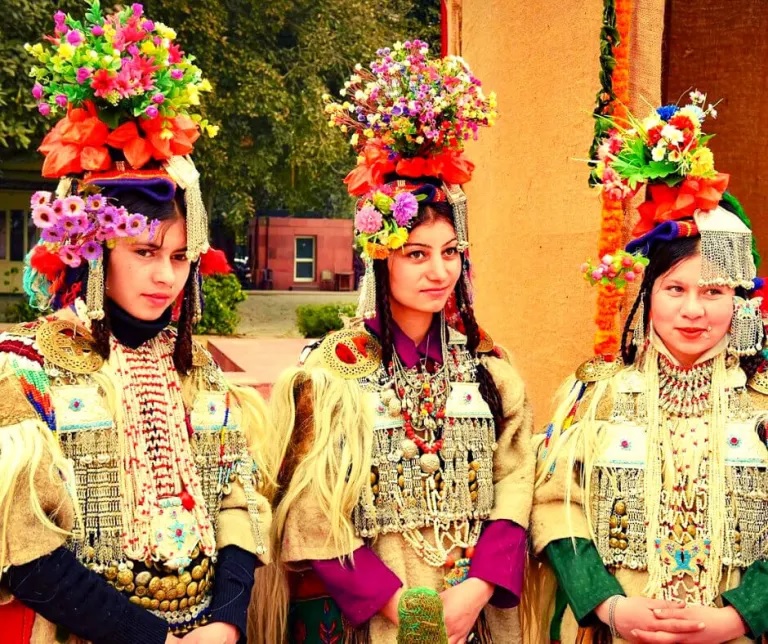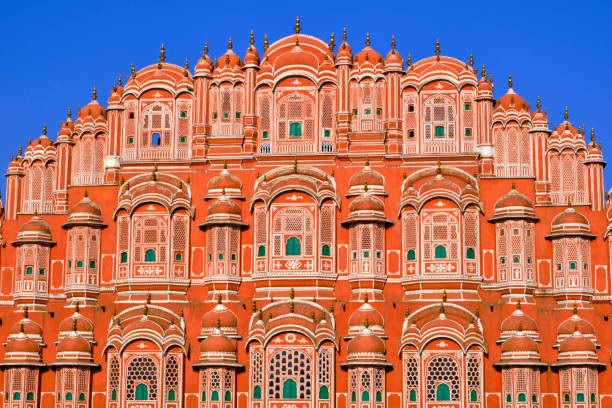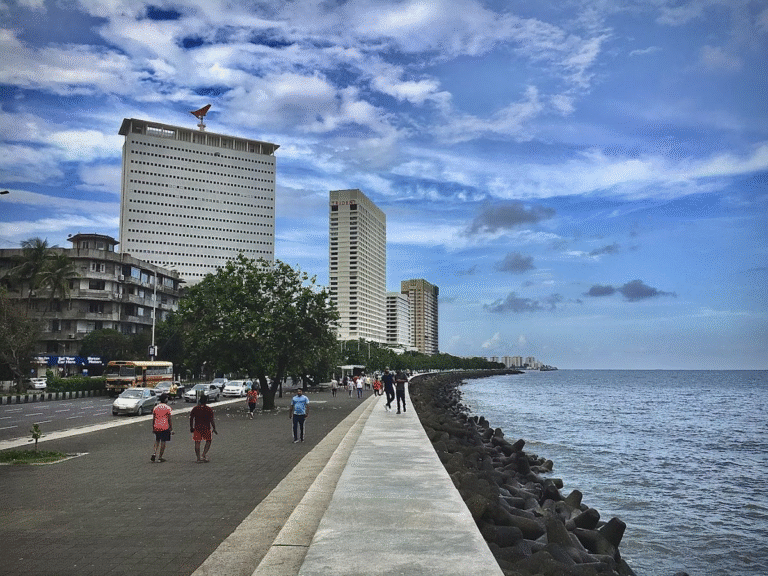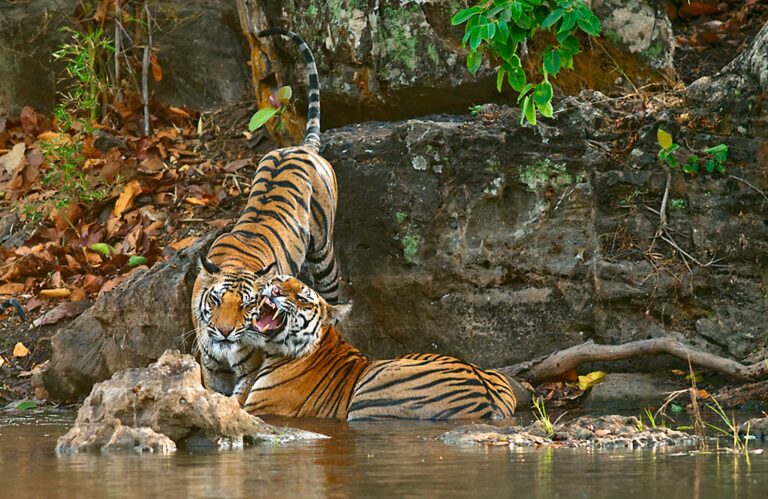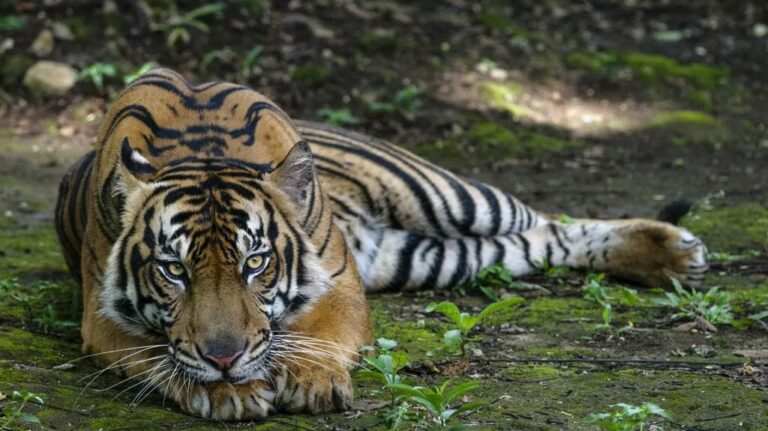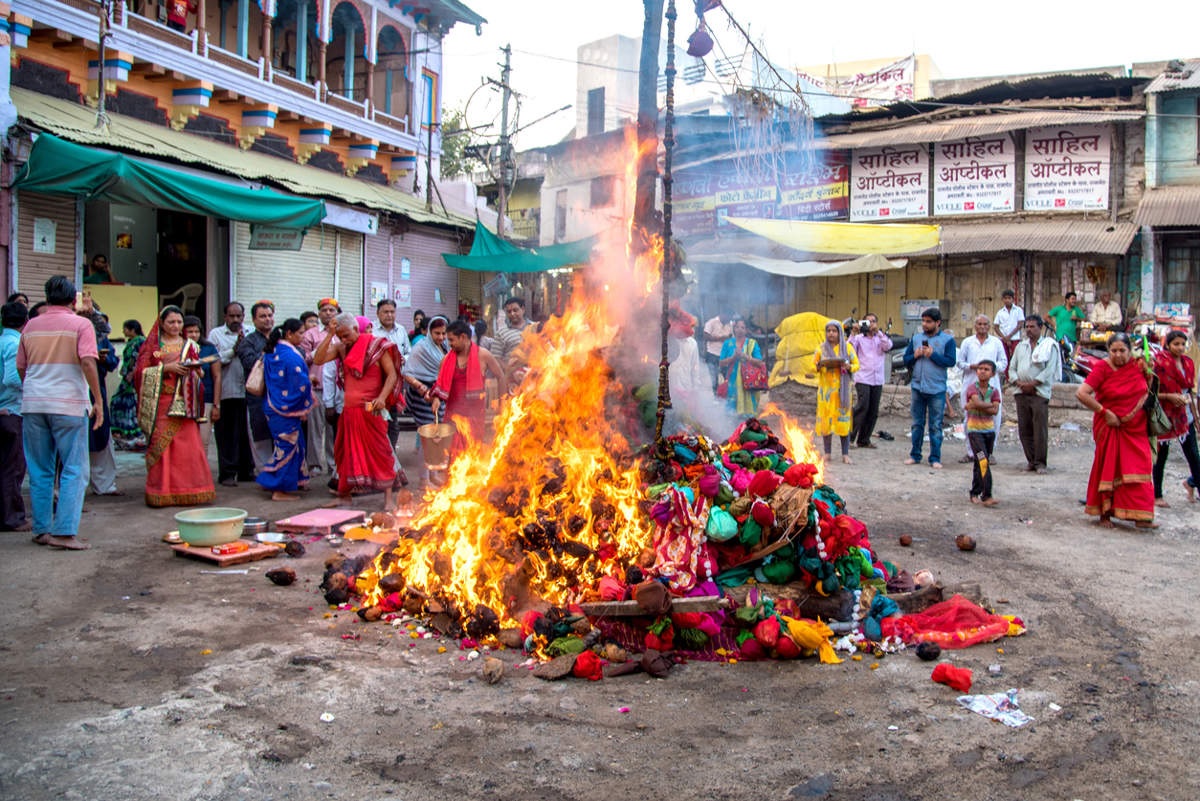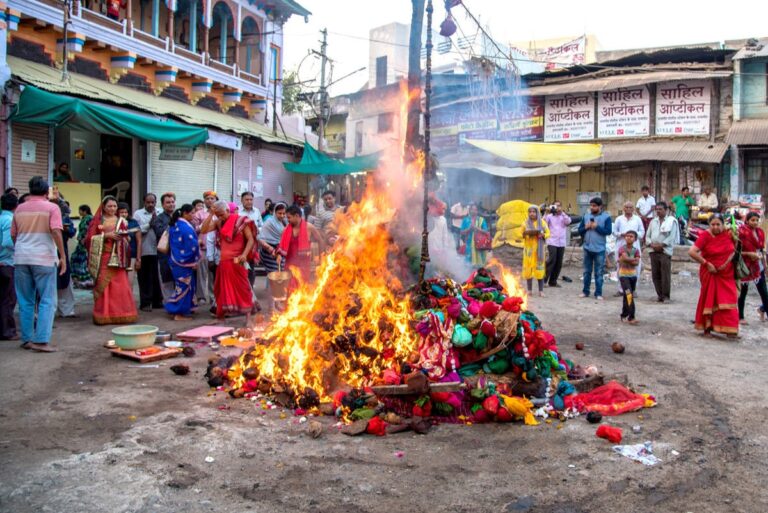
Holi 2026: History and curiosities of the festival that fills India with color
Where and how to celebrate this popular tradition that is much more than a festival of colors. It is more about celebrating the triumph of joy. One of the most spectacular spectacles in India is the colorful festival of Holi. The charm of this event dates back to the 17th

